In a Post-Pandemic Office Market, Premium Rules Supreme
According to a recent commercial real estate report, current office vacancy rates are at an all-time high not seen since the early 1990s across Canada. Even so, industry experts are optimistic about the future of office leasing pointing to several key indicators that certain factions of the market are poised for rapid recovery. But if you’re thinking harsh neon office lights and tacky 80s carpeting, think again. The resurgence in the office market will not come from your run-of-the-mill office but from the premium office space many of us can only enjoy through shows like Suits and Scandal.
As work-from-home becomes a lifestyle choice for many workers, it seems as though employers who want employees in the office not only have to provide a place for them to work but also a place where they want to work.
Tech Firms Lead the Way
In Canada, leading commercial real estate firms point out that firms who have fared well over the pandemic, especially tech firms, are leading the way in the return to office leasing. For the first time since the onset of the pandemic, a national commercial real estate firm reports that four out of the 10 markets analyzed saw positive net absorption, which means the amount of square space leased was larger than that vacated for the quarter. Several of the country’s largest urban centres saw declines in their vacancy rates, albeit small.
Many industry experts believe that we have reached a turning point where office tenants stop returning space to the market and start returning to the office.
Fancy Office > Home Office
In the U.S., a market that is often an early indicator of what will happen in the Canadian market, offices are making a comeback—but not all offices, the really fancy ones.
The Wall Street Journal reports that upscale, “custom” offices offering employees perks and conveniences are being fiercely sought after by firms eager to lure employees back to the office.
“These new office digs offer custom-built lounges, game rooms with ping-pong tables and foosball, and apps that enable employees to contact building security to order a burger from the company cafeteria. The state-of-the-art office towers also emphasize sanitation, outdoor space and sustainability, featuring robust ventilation systems and outside dining areas with fire pits.”
- Wall Street Journal
One Vanderbilt, an amenity-rich high-rent building, has leased more than 90% of its space vacated during the pandemic. It’s not alone, companies looking for office space are looking for buildings with custom amenities designed to entice employees back into the office. The extra costs associated with these perks are seen as the cost of doing business in order to get employees back into the office.
Before the pandemic, the gap between “trophy” space and the rest was 43%, according to data firm VTS; in October 2021, that gap had grown to 54%—a staggering increase in 18 months. While Eventbrite has been able to scoop up office space in San Francisco for $65 per square foot—about $20 per square foot less than it was pre-pandemic—SL Green Realty Corp has sold out almost the entirety of its $3 billion office tower despite top-of-the-market pricing.
The Future of Office Space
While overall office vacancy is at an all-time high, employers eager to entice employees back to work are willing to pay a premium. In a post-pandemic society, workers are going to ask themselves why go into the office when they could just as easily stay home, and employers are hoping foosball and app-controlled offices are the answer.
In an industry unaccustomed to rapid changes in behaviour and pricing, owners of office space find themselves in a truly unparalleled situation and those who adapt most effectively to shifting preferences will be the winners.




